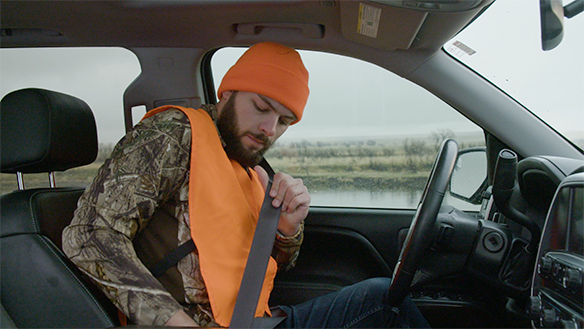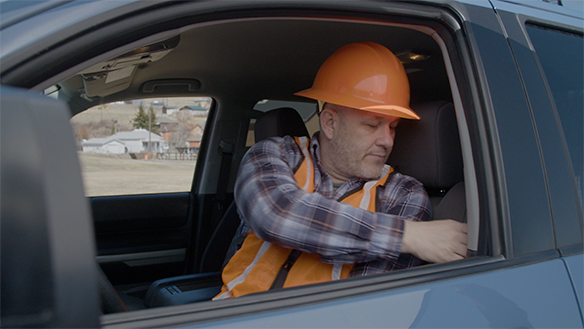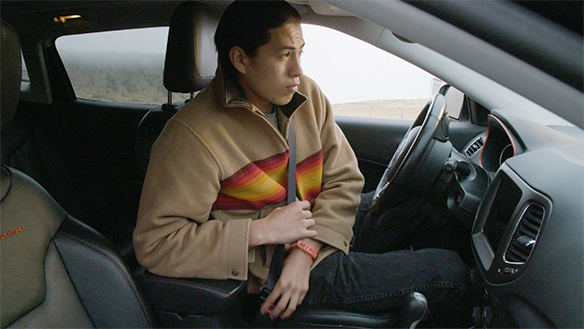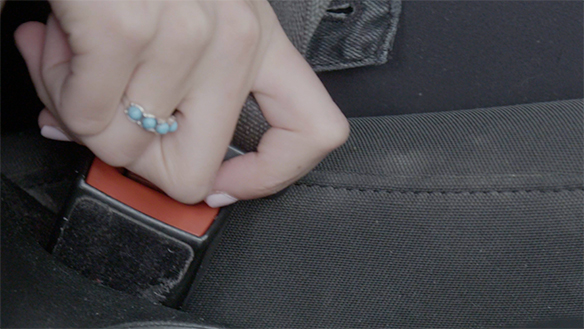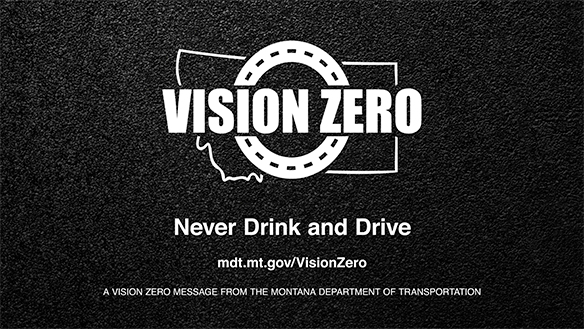The CHSP's approach to improving safety on our roadways is comprehensive and focuses on the four key traffic safety disciplines known as the "4Es":
Vision Zero focuses on:
- Education through training programs and activities, public information, and traffic safety outreach campaigns,
- Enforcement of Montana's traffic laws and deterrence including changing driver's understanding of law enforcement, prosecution and adjudication penalties, and the impact on victims and survivor families and friends.
- Emergency medical response to support the essential role of emergency services in reducing severity of injury outcome and to ensure technologies and systems are adequately funded and equipped to respond to crashes.
- Engineering of Montana's roadways to ensure best practices are implemented and maintained with safety as the priority.
Safety Partners collaborate to reach Vision Zero
MDT and safety partners work together to reach Vision Zero by analyzing crash data and focusing on crash factors where there is the greatest opportunity to save lives in Montana. The four emphasis areas identified through the data driven CHSP process are:
Roadway Departure and Intersection-related Crashes, which considers FHWA's Proven Safety Countermeasures to reduce roadway departure and intersection-related fatal and serious injury crashes.
Impaired Driving, which considers NHTSA's Countermeasures That Work and focuses on addressing driver behavior.
Unrestrained Vehicle Occupants, which considers NHTSA's Countermeasures That Work, and focuses on both driver and passenger behavior.
Emergency Response – Post-Crash Care, which focuses on the reduction of morbidity and mortality of Montana motor vehicle crash victims.
Multiagency collaboration, coordination, and communication work is being done within these four emphasis areas, and progress is being made to reduce fatalities and serious injuries. For more information on the CHSP strategies and countermeasures see the: Comprehensive Highway Safety Plan
